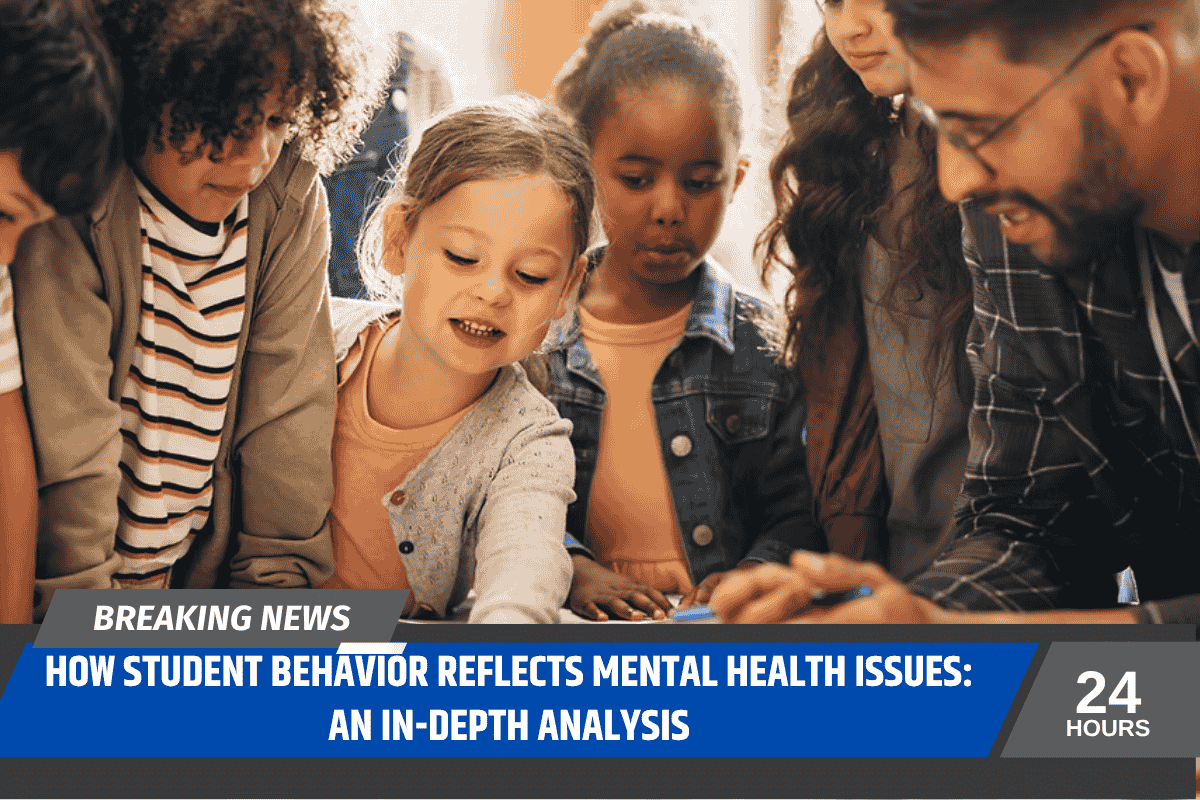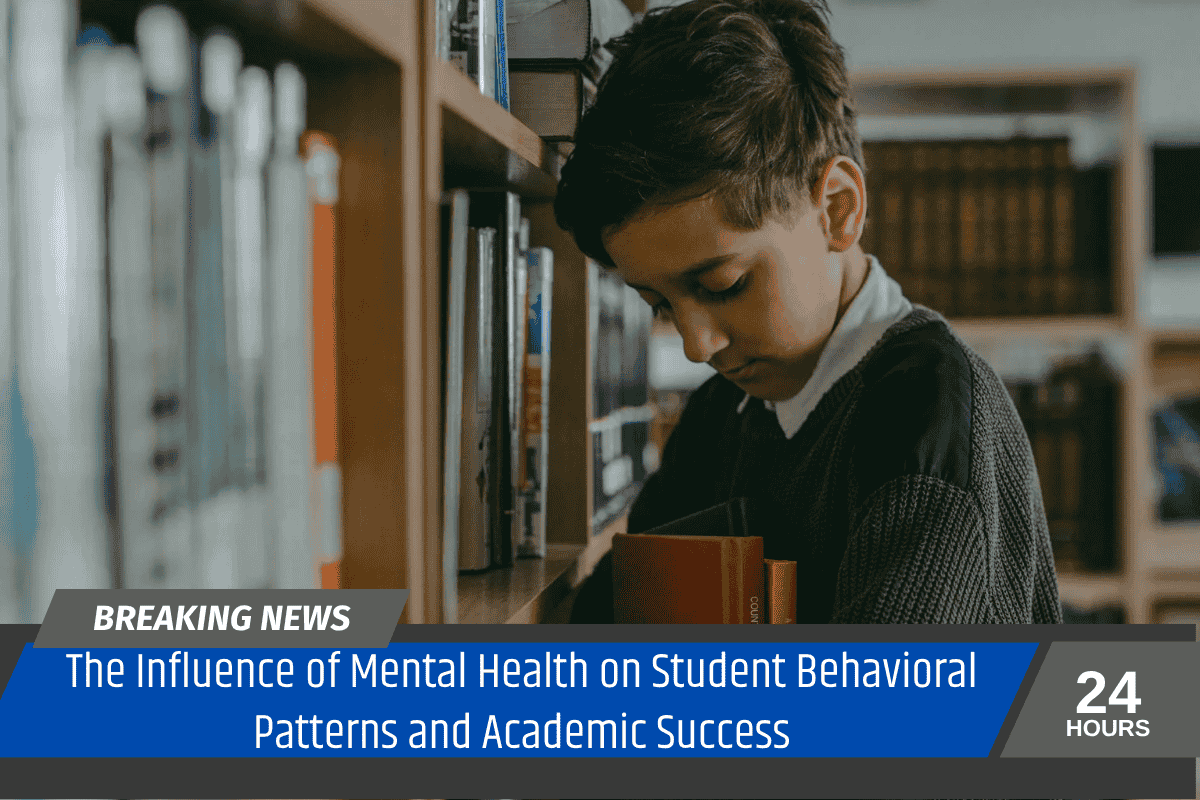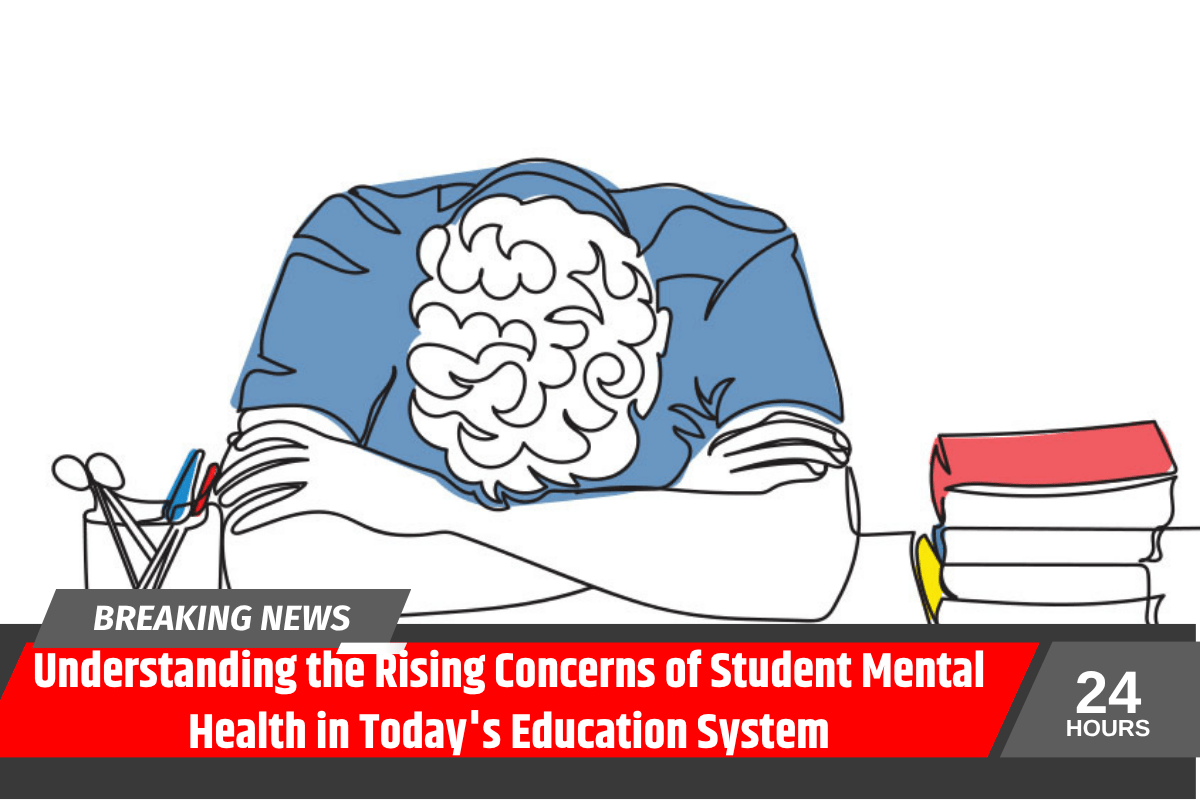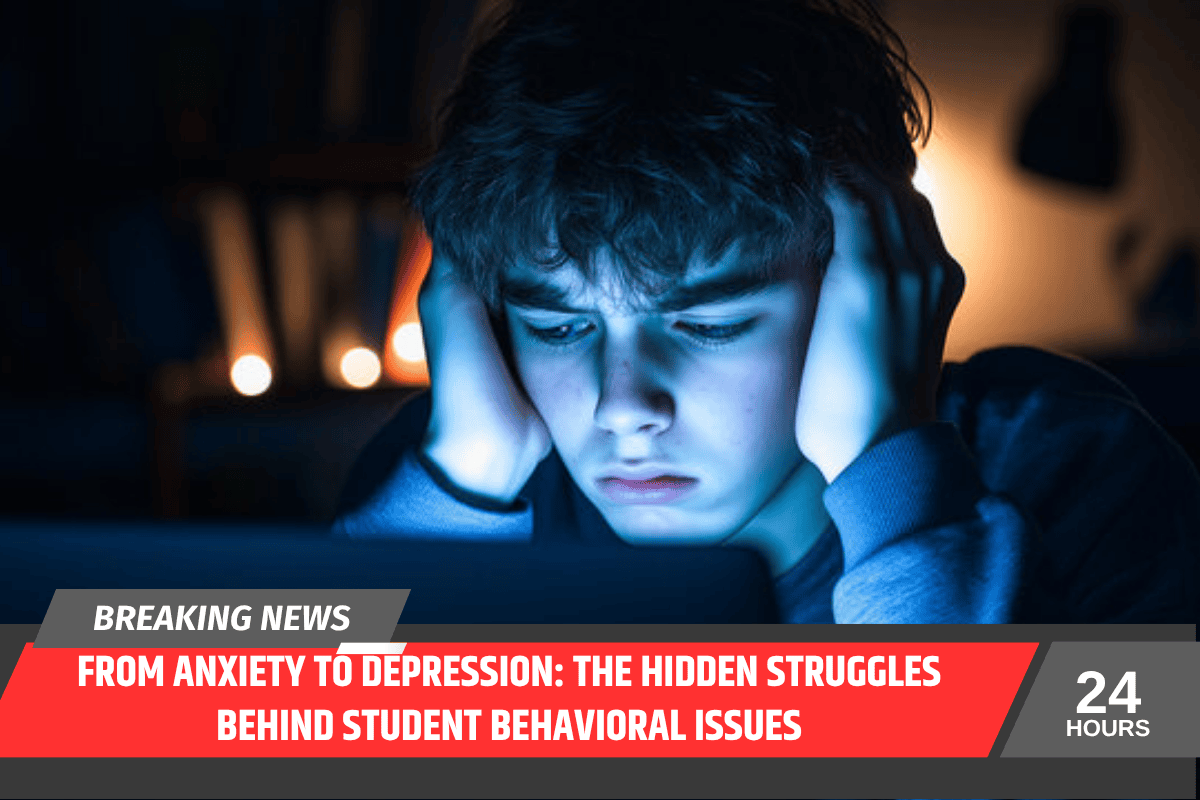Mental health plays a vital role in shaping the overall well-being of individuals, especially students. In recent years, there has been an increasing focus on how mental health issues manifest in the behavior of students.
Academic stress, peer pressure, family issues, and other life challenges can significantly affect students’ mental and emotional states, ultimately influencing their actions and behaviors.
This article provides an in-depth analysis of how student behavior often reflects mental health concerns and why it’s important to address these issues early.
Understanding Mental Health in Students
Mental health refers to a person’s emotional, psychological, and social well-being, influencing how they think, feel, and act. For students, mental health is an essential factor in how they perform academically, interact with peers, and cope with daily challenges.
Poor mental health can lead to emotional distress, which may show up in various forms of behavior, affecting their school performance and social interactions.
How Mental Health Issues Manifest in Student Behavior
Several signs of mental health issues can be observed in students’ behavior. These signs can range from mild to severe, depending on the type and extent of the mental health problem. Some common behaviors associated with mental health issues in students include:
1. Academic Decline:
Students who struggle with anxiety, depression, or other mental health conditions often show a decline in their academic performance.
This can include missing deadlines, a lack of focus, or poor grades. Mental health problems can affect a student’s ability to concentrate, retain information, or even motivate themselves to attend school.
2. Withdrawal from Social Activities:
One of the earliest signs of mental health issues in students is social withdrawal. Students may avoid interacting with friends, family, or classmates. They may isolate themselves due to feelings of sadness, hopelessness, or a lack of energy.
These behaviors can make it difficult for students to participate in group work, extracurricular activities, or even simple social events.
3. Changes in Eating and Sleeping Patterns:
Mental health problems can lead to changes in basic habits like eating and sleeping. Students with anxiety or depression may experience a lack of appetite or overeating. Similarly, sleep disturbances, such as insomnia or excessive sleep, can be a reflection of emotional distress.
These changes can, in turn, affect their physical health and overall ability to function properly.
4. Irritability or Aggression:
Students with mental health struggles may display heightened irritability or aggression. This is especially true for those dealing with conditions like depression, anxiety, or ADHD. Small issues can seem overwhelming, leading to outbursts or angry responses.
Aggressive behavior is often a reflection of frustration or a cry for help that needs immediate attention.
5. Excessive Worrying or Fear:
Students with anxiety disorders often exhibit excessive worrying about everyday tasks. They might constantly fear failure, rejection, or upcoming challenges.
This anxiety can interfere with their ability to participate fully in classroom discussions, group activities, or other school-related tasks.
6. Physical Complaints without Clear Causes:
Students with mental health issues, especially those struggling with stress, anxiety, or depression, may frequently complain of headaches, stomachaches, or other physical symptoms that have no clear medical explanation. These physical symptoms are often the result of emotional strain, and it’s important to recognize that these complaints may be linked to their mental health struggles.
The Importance of Early Detection and Support
Recognizing and addressing mental health issues early is crucial in helping students cope and thrive. When left unchecked, mental health struggles can lead to more severe problems, such as school dropout, substance abuse, and long-term emotional challenges.
Teachers, parents, and peers need to be aware of the signs of mental health issues and provide appropriate support to help students manage their emotions and challenges.
1. Open Communication:
Fostering open communication in the classroom and at home is essential for identifying any underlying mental health concerns. Students should feel comfortable discussing their struggles without fear of judgment or discrimination.
Regular check-ins and providing a supportive environment can help students open up.
2. Encouraging Healthy Habits:
Promoting good habits like regular exercise, balanced nutrition, and adequate sleep can play a significant role in improving mental health. Schools and parents should encourage students to engage in physical activities and practice stress-relief techniques like mindfulness or yoga.
3. Access to Counseling Services:
Having access to professional mental health resources, such as school counselors or psychologists, is vital. Counseling services can offer students a safe space to talk about their struggles, learn coping strategies, and develop better emotional management skills.
Student behavior often serves as a clear reflection of their mental health status. Whether it’s academic difficulties, social withdrawal, or physical symptoms, these changes in behavior are crucial signs that should not be ignored.
By identifying the signs of mental health issues early and providing appropriate support, we can help students lead healthier, happier, and more successful lives. Mental health is as important as academic success, and when both are nurtured, students can achieve their full potential.






